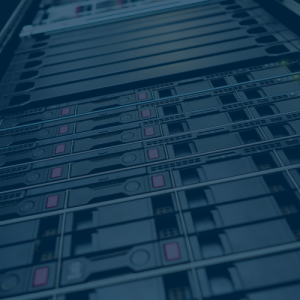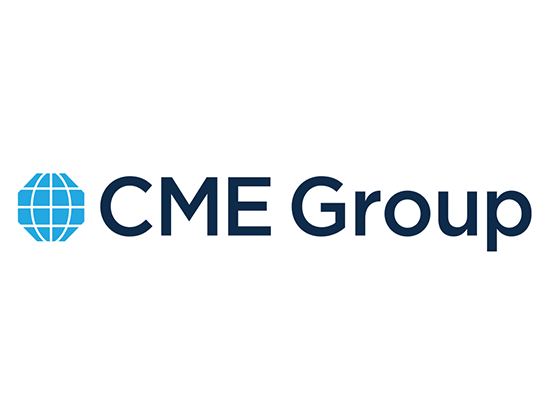Which private cloud is best for capital markets participants?
The answer to the question which private cloud is best immediately throws up two options.
These options are broadly an in-house private cloud, or one outsourced to a third party.
Regardless of the approach taken the following questions are of high importance – and would indicate the likely quality of the resulting environment.
What are the day to day needs to be met by a private cloud?
This is a crucial first question, identifying both the services required on a private cloud environment, and the size of the storage needed.
It is important to understand the current activity that needs to be maintained, as well as the expansion or reduction of services into the future, without incurring additional cost or unnecessary spend.
This may be information that is readily at hand within an in-house IT department. If not, it needs special efforts to determine it.
Alarm bells should ring where any third party organisation fails to investigate or understand the current capacity as against the projected capacity over the coming 1–3 years.
Which public cloud environments are required to be connected – and how securely will this connectivity be achieved?
The economies of scale and the availability of shared resources in the public cloud offer attractive and cost-effective ways to scale up compute power when required.
But how the connectivity is achieved – and for what purpose – is a vital area to dig into. In a highly secure and mission critical trading business, connections to the public cloud should ideally avoid touching the internet at all costs.
This means preserving the privacy, security and performance of the cloud environment through network connections that link directly to the cloud service providers without going over the internet.
For in-house private cloud arrangements this requires investment in switching fabrics. For third party implementations it requires clear demonstration of point-to-point connectivity that by-passes the public internet via ethernet switching solutions.
Ascertaining where the private cloud environment is situated, and what is its relative proximity to public cloud facilities, are also important insights to obtain is judging which private cloud is likely to be best.
What is the workload profile to be supported?
There is nothing worse than having to double the size of a private cloud environment weeks after it has been implemented.
Seasonal workload profiles can skew the picture of the average capacity required over a trading period, so these need to be investigated in depth to factor in the additional compute and storage that may be required at certain times of the year.
For example financial organisations have intense activity around tax reporting dates from January to April annually. These periods need to be catered for in the budgeting and capacity planning of the private cloud environment.
What is the projected growth year on year?
Again, private cloud environments require equipment refreshes and updates up to 2 years in to any project.
These result from organic business growth that can be identified within historical trends, or by strategic expansion activities.
The best private cloud implementation will take into account the forecast YOY growth and include these in the outline costs to avoid any unpleasant shocks further down the line.
Conclusion
In conclusion the best private cloud environments must be configured with YOY capacity, security, performance, and workload profile in mind right from the outset.
Whether in-house or in partnership with a third party specialist these are the criteria to consider for smooth and cost-effective implementations and expansions.
Beeks offering
With replicable private cloud environments in key financial hubs globally, Beeks is experienced in matching the appropriate cloud service to its capital markets clients.
Offering comprehensive Infrastructure as a Service private cloud access, along with flexible payment plans to readily scale business up or down, Beeks helps customers focus with confidence on their core competencies.

